Maui: Mere Details, Part One (April, May 2021)
Much of Maui's splendor is big and more or less in front of you and above you: big waves, big palms, big sky, big clouds, big sunsets. These are the attractions that would knock your socks off (if you were wearing socks), and they are the quintessential postcard and calendar scenes that make Maui Maui in the minds of most people.
Less splendid, but at least as interesting, are the details, Maui's visual undergrowth. They are typically below the horizon line, not at all big, not particularly splendid or magnificent, and unlikely ever to be on postcards or in calendars. These details, mere details, provide a grounded counterpoint to Maui's splendor.
They offer small amusements, little intrigues, some variety. They are often underfoot, literally below notice, beneath all the splendor.
Sand, even in the aggregate, when spread on Maui's golden (or red or black) beaches, can seem mundane to the unaided eye. Its grains are tiny, far too small and numerous to study individually without optical aids. (It should be no surprise that extreme close-ups show the grains are strikingly beautiful. Look for the photos taken by Dr. Gary Greenberg.) The University of Hawaii in 2010 estimated that there are 7,500,000,000,000,000,000, or seven quintillion five quadrillion, grains of sand on the world's beaches. Even a waist-high photograph of sand on a Kihei beach reveals what would seem to be an incalculable number of grains on the surface visible to the lens. Working with a cropped portion of the image and trying to count the grains per square inch allows a very rough estimate that this photo depicts about 304,920 grains, and that estimate could easily be off by 50%.
Even so, the tiny grains are cumulatively interesting. You don't need a microscope to appreciate beach sand.
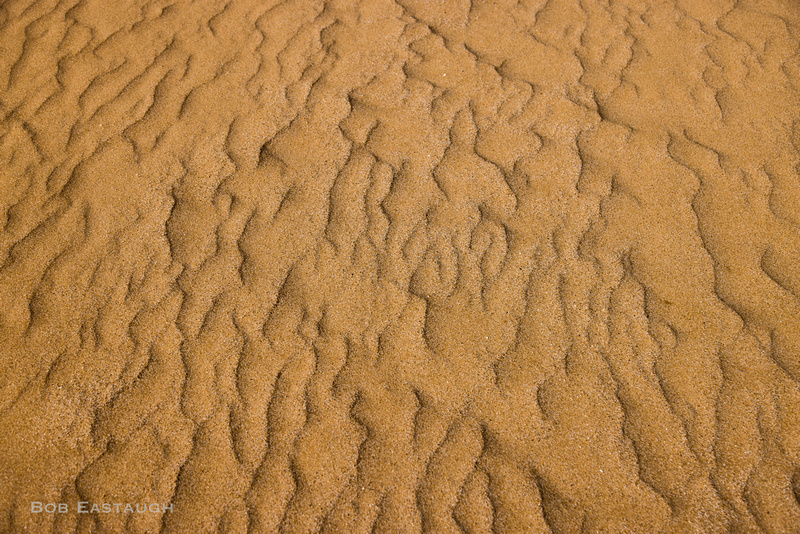 131A2537-Edit-2
131A2537-Edit-2
More closely cropped, the grains are somewhat more prominent and distinct (and very distinct and sharply rendered on a big screen).
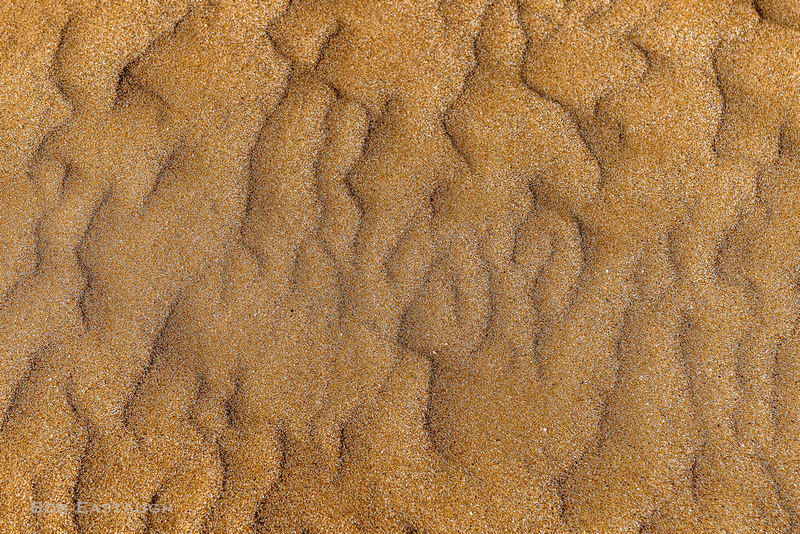 131A2537_DxO-1-4
131A2537_DxO-1-4
And very highly cropped (to allow an attempt to count the grains on both sides of a one-inch square, to estimate the number of grains depicted in the top photo - this crop actually depicts a selection about two inches square; the image is partially pixelated even after being upsized in Photoshop):
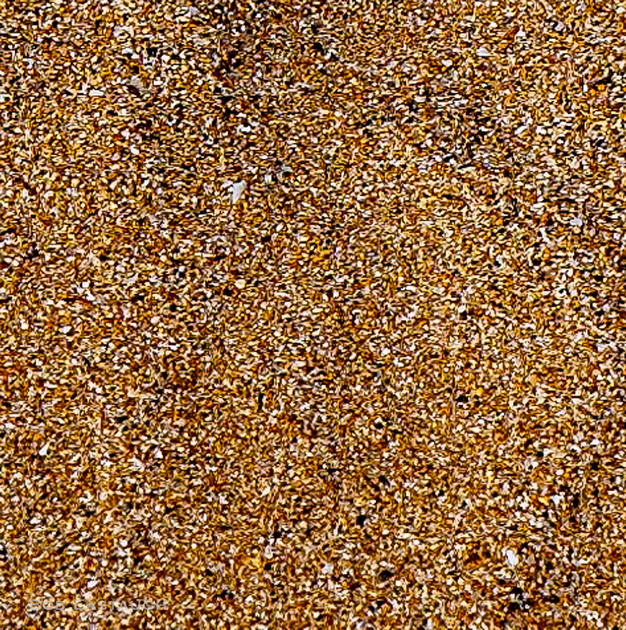 131A2537_DxO-1-3
131A2537_DxO-1-3
Even more interesting are the patterns and shapes the grains form in the aggregate when manipulated by wind, water, or mammals.
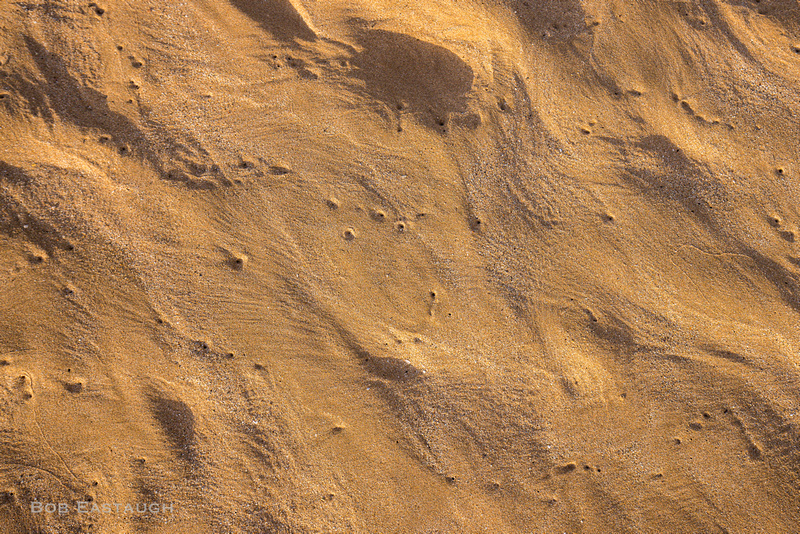 131A0087
131A0087
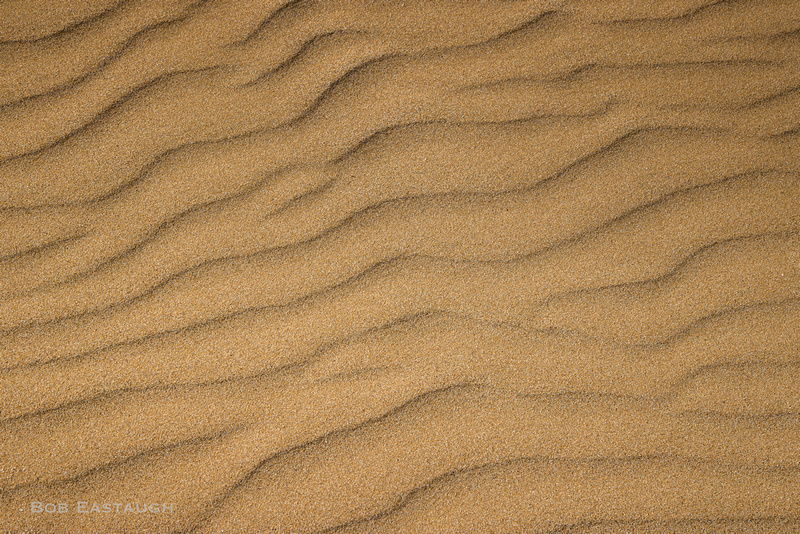 131A2545
131A2545
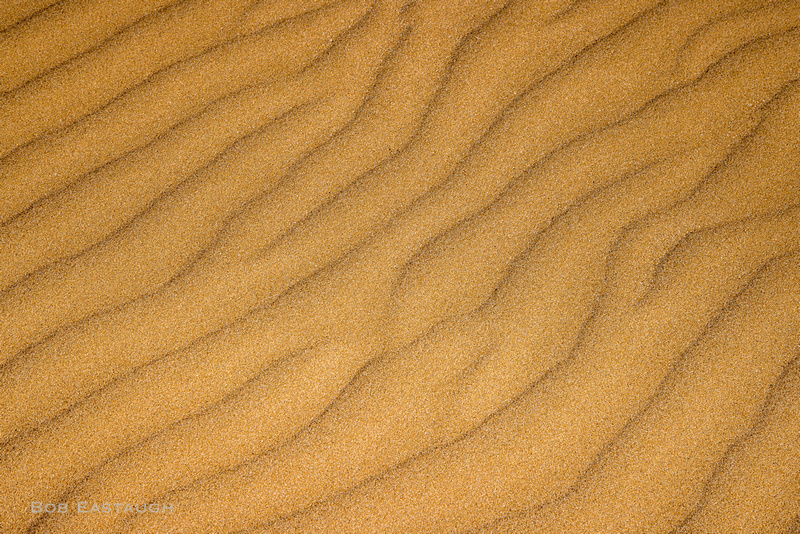 131A2556
131A2556
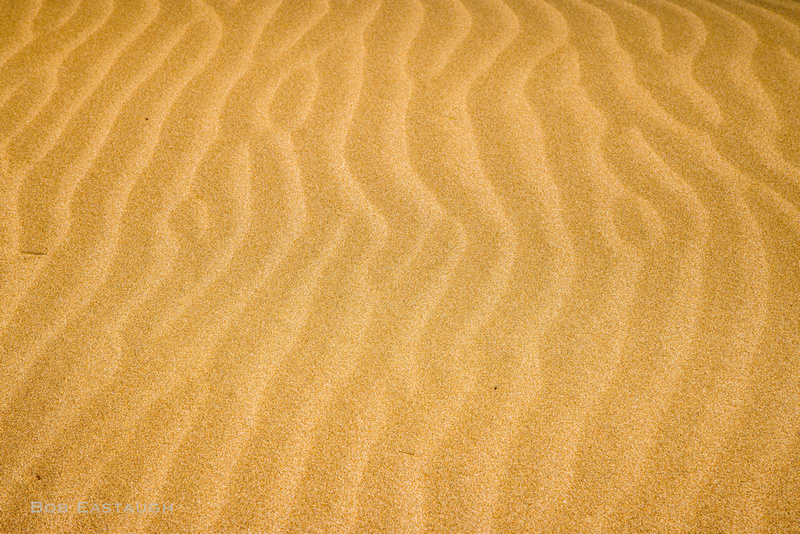 131A2559
131A2559
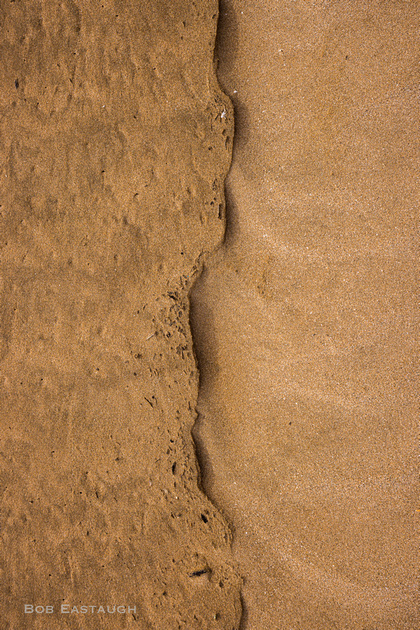 131A0975
131A0975
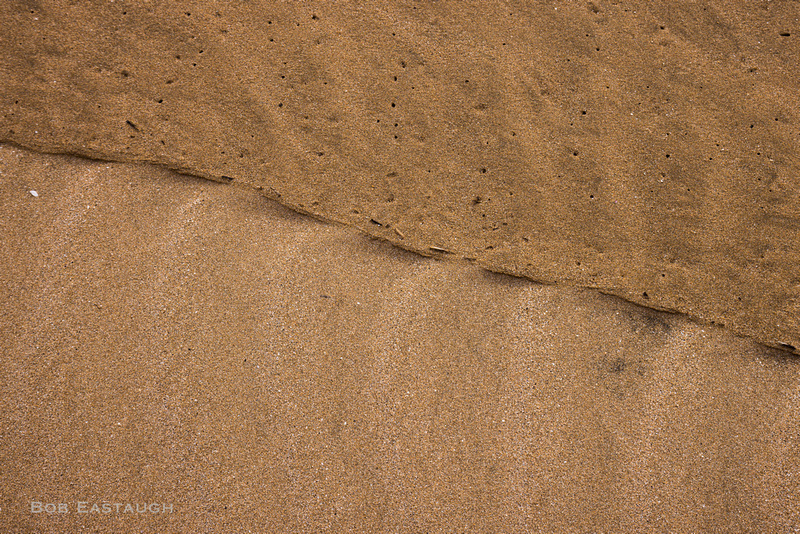 131A1058
131A1058
Comments
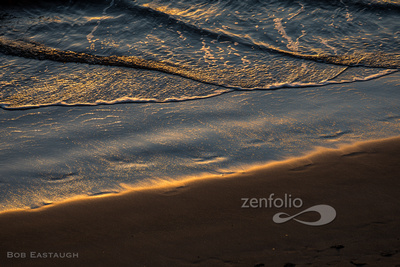

After a lifetime of mainly expressing myself with words, my postings here will mainly rely on images. They will speak for themselves to some extent, but I'll usually add a few comments of explanation. I've taken photographs for decades, since the 1950's, inspired in part by my father's photographic skill. Four years of photo assignments and quality darkroom time eventually gave way to decades of casual and family picture-taking. I re-immersed myself when I left film and turned to digital.